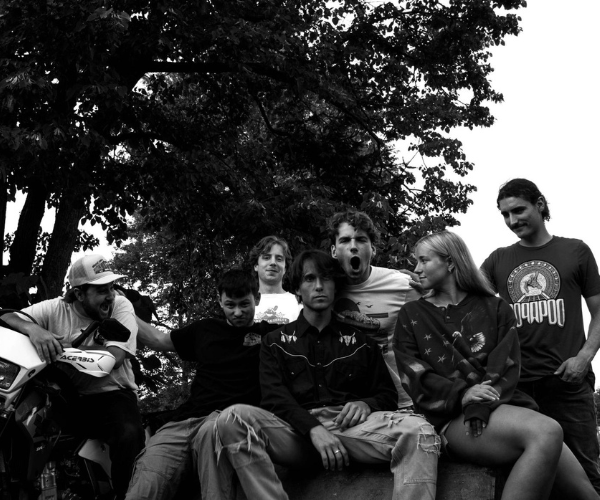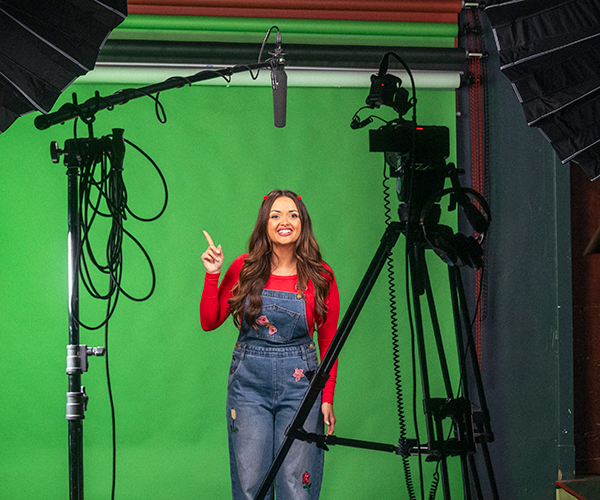Sept. 5-Oct. 17
SPACES Gallery
spacesgallery.org
Whether you’ve traveled throughout the world or just from one end of town to the other, Juan-Si González and Paloma Dallas want to know about all the places you’ve called home. The husband-and-wife art duo are collecting stories of life journeys to createMigración of Language, part photography piece, part social project.
SPACES Gallery
spacesgallery.org
Whether you’ve traveled throughout the world or just from one end of town to the other, Juan-Si González and Paloma Dallas want to know about all the places you’ve called home. The husband-and-wife art duo are collecting stories of life journeys to createMigración of Language, part photography piece, part social project.
“It is a document of displacement,” says Dallas, “chronicling each of our geographic steps and how we have moved from place to place.”
The final version ofMigración of Language, debuting during theBi-Lingualexhibit at the SPACES Gallery, incorporates the couple’s photography with video testimonials they’ve collected from bilingual locals. González and Dallas, whose own journey has woven them in and out of different countries, join several African-American and Latino artists in the exhibit’s exploration of the displacement experienced by bicultural Americans.
Ranging from paintings to freestanding sculpture,Bi-Lingual’s artwork is as varied as the artists featured in the exhibit. Take, for example, Ghanaian-American artist Akosua Adoma Owusu, who juxtaposes images of West African and American women, showcasing their cultural differences while revealing their equal humanity. Or Puerto Rican artist Bruno Casiano’s striking portrait of a Latino man, his face composed of patterns and images that reflect the artist’s memories of his homeland.
“There’s this sense that everyone in America has the same culture,” says curator Angelica Pozo, who is of Puerto Rican and Cuban descent. “But those who have recently arrived in the U.S. have a foot in each world.”
Sometimes, having a foot in each world means toeing the line of controversy. Several pieces featured inBi-Lingualhave been met with resistance in other galleries because of their stark depictions of poverty and inner-city life, says Pozo.
“People are afraid to offend,” she says. Calling the mixed-culture debate a “political hot potato,” she praises SPACES for including an online forum for visitors to discuss the racially charged work featured inBi-Lingual.
“There’s no venue for artists to be able to discuss racial identity as part of their art-making process,” she says. “There’s been a lack of exposure, but these artists need to be seen."
The final version ofMigración of Language, debuting during theBi-Lingualexhibit at the SPACES Gallery, incorporates the couple’s photography with video testimonials they’ve collected from bilingual locals. González and Dallas, whose own journey has woven them in and out of different countries, join several African-American and Latino artists in the exhibit’s exploration of the displacement experienced by bicultural Americans.
Ranging from paintings to freestanding sculpture,Bi-Lingual’s artwork is as varied as the artists featured in the exhibit. Take, for example, Ghanaian-American artist Akosua Adoma Owusu, who juxtaposes images of West African and American women, showcasing their cultural differences while revealing their equal humanity. Or Puerto Rican artist Bruno Casiano’s striking portrait of a Latino man, his face composed of patterns and images that reflect the artist’s memories of his homeland.
“There’s this sense that everyone in America has the same culture,” says curator Angelica Pozo, who is of Puerto Rican and Cuban descent. “But those who have recently arrived in the U.S. have a foot in each world.”
Sometimes, having a foot in each world means toeing the line of controversy. Several pieces featured inBi-Lingualhave been met with resistance in other galleries because of their stark depictions of poverty and inner-city life, says Pozo.
“People are afraid to offend,” she says. Calling the mixed-culture debate a “political hot potato,” she praises SPACES for including an online forum for visitors to discuss the racially charged work featured inBi-Lingual.
“There’s no venue for artists to be able to discuss racial identity as part of their art-making process,” she says. “There’s been a lack of exposure, but these artists need to be seen."



